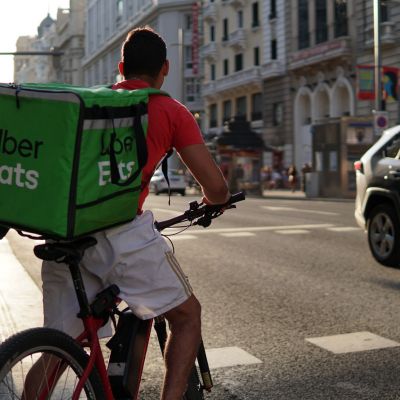Uber Eats and the Pandemic Economy Armin Samii, a computer programmer who has been working part-time for Uber Eats, claims…
2020 FMLA Form Updates The U.S. Department of Labor (“DOL”) recently issued several updated forms for implementing the Family and…
The State of Stripping: Employee Misclassification at the Club Employee misclassification is one of the most commonplace ways employers participate…



